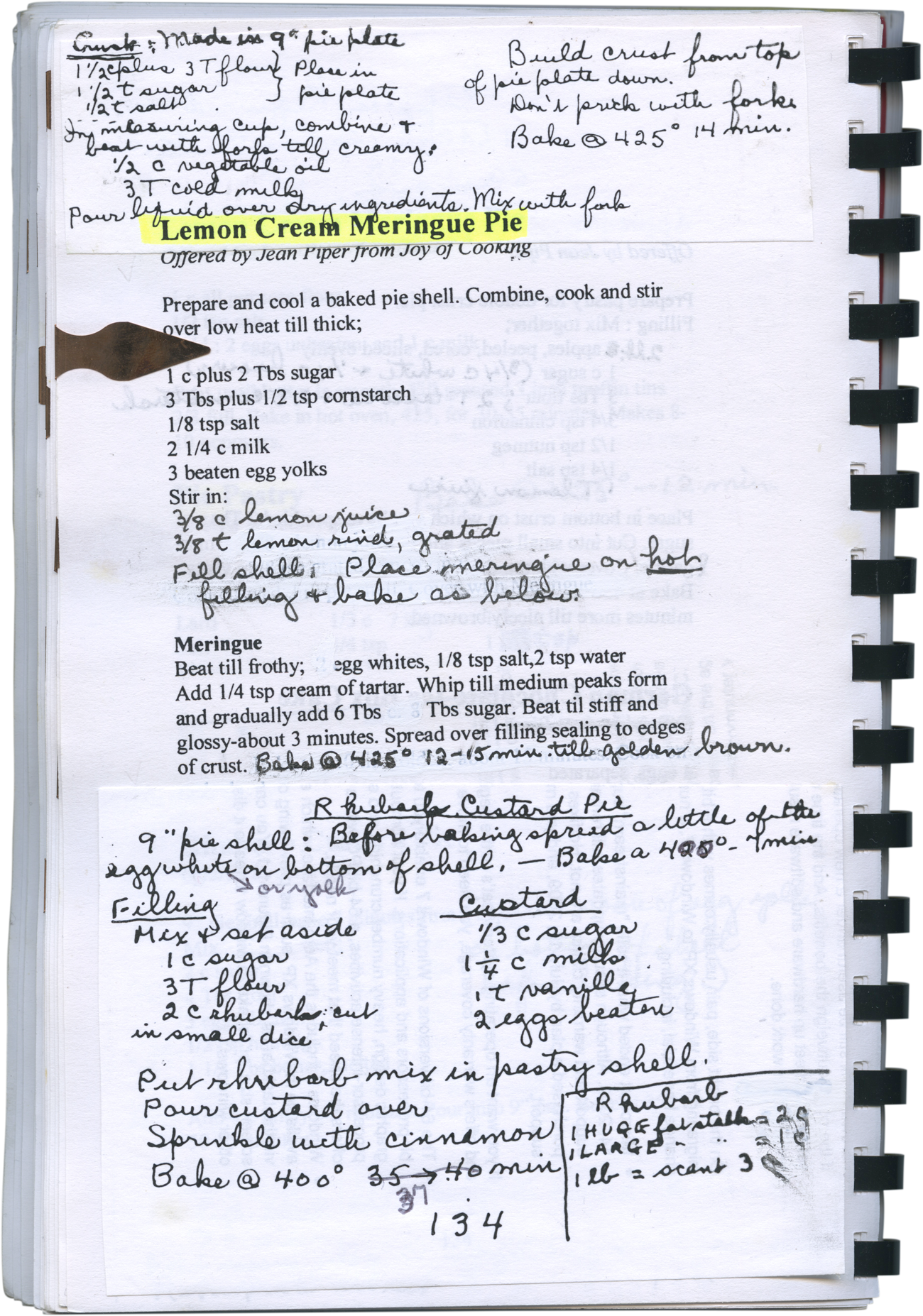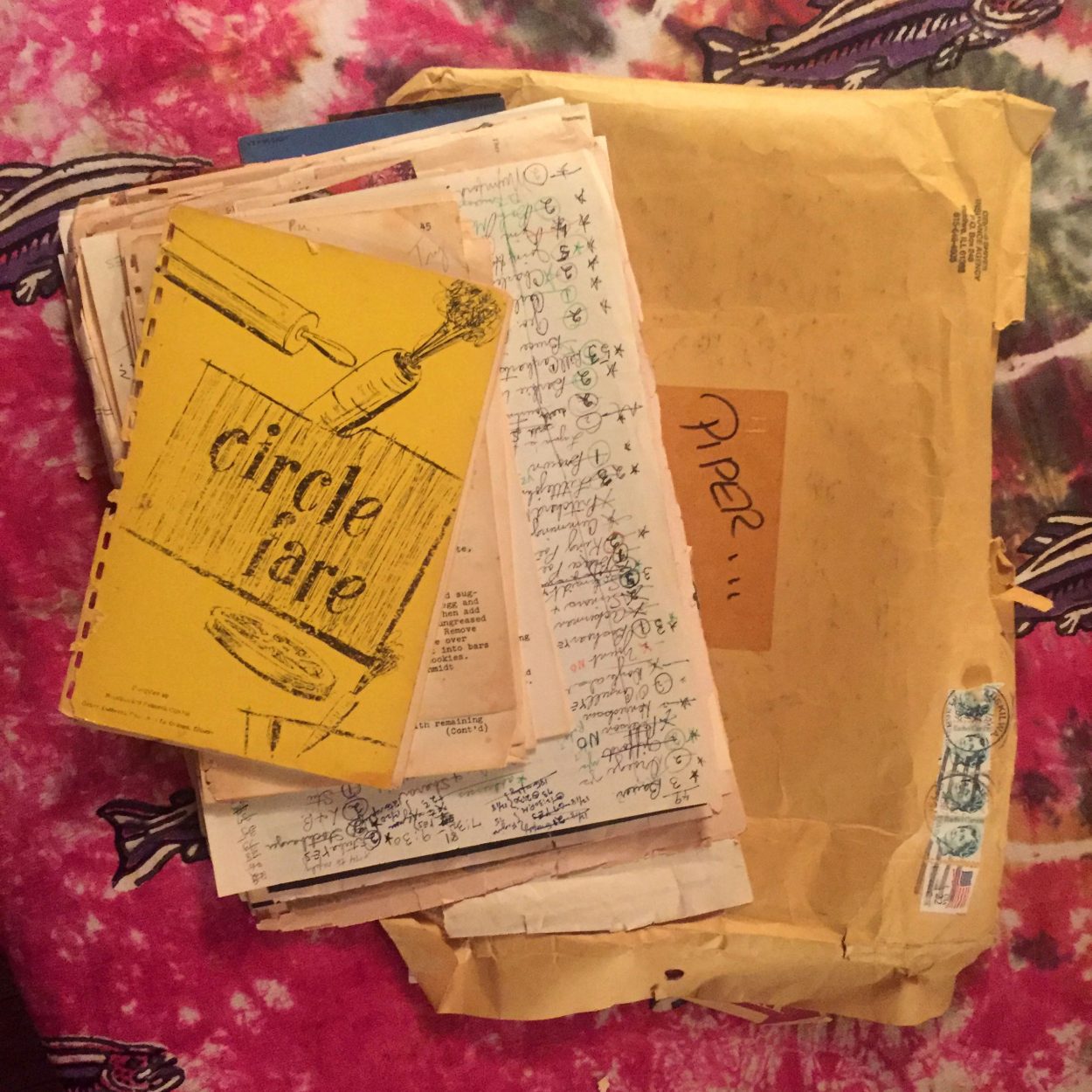Published
Nan-nan’s cupcakes
Looking through Nan-nan’s recipe books, the first thing that caught my eye was a recipe for cupcakes from her sister June, see below. I’ve preserved her notes and phrasing as much as possible but have adjusted certain elements to be more usable.
I’m an OK baker but more of a pies-and-cookies person. Every cake I’ve ever made seems a little meh. These were not meh, 10/10.
Cup Cakes
From June, Merle’s favorite. Good with baked icing or white fudge icing. Makes 12.
Preheat the oven to 350F (175C).
In a large bowl, cream together ½ c (113 g) softened unsalted butter, 1 c (200 g) sugar, ½ t salt, and 1 t vanilla extract until very fluffy and light. Next, beat in 4 egg yolks until thick and light in color. In another bowl, sift together 2 c (230 g) all purpose flour and 2 t baking powder. In small, alternating amounts, add the flour mixture and ⅔ c (158 ml) milk to the butter mixture. Beat after each addition, until smooth.
Pour the batter in to a lined cupcake tin, filling each cup ⅔ of the way. Bake in a moderate oven, about 350F (175C), 25 to 30 minutes. Turn the tin once halfway through if you find one side is browning more than the other.
Additional notes
Note that the cupcake recipe originally calls for Spry, a vegetable shortening. I’ve substituted butter here since that’s what I’ve got.
The original recipe also specified 2 c of sifted flour, with an additional note that specified Gold Medal or Swans Down flour. Gold Medal is usually plain / all purpose flour, and Swans Down only produces cake flour AFAIK. This made determining the metric measurement kind of ambiguous, 2 c sifted all purpose flour is significantly different than cake flour. The measurement below worked well ultimately, but I’d like to try cake flour eventually so will need to keep this in mind.
She originally said it makes 18, but I found that it is much closer to 12 in a 12-cup cupcake tin with cups that measured 2″ (4.25 cm) in diameter across the base. The flour debacle might have caused the difference.
The cupcakes supposedly go well with “baked icing”, something I had never come across before. I tried it with baked frosting and failed *spectacularly*. I can see that it could be great though, kind of like a molasses-y meringue on top, so I’ll try again and note here if successful.



